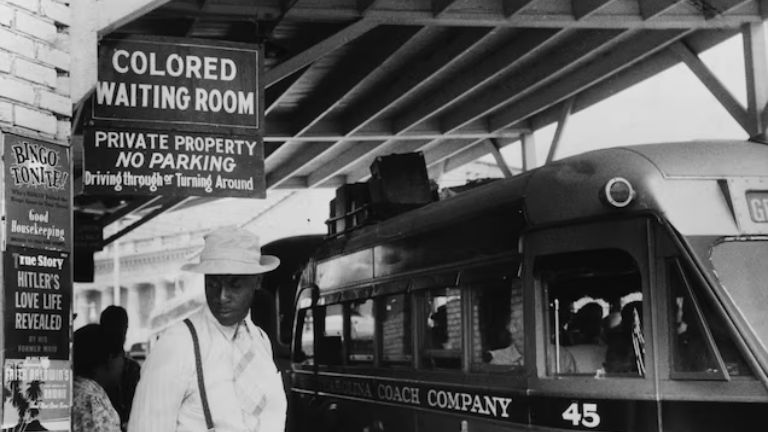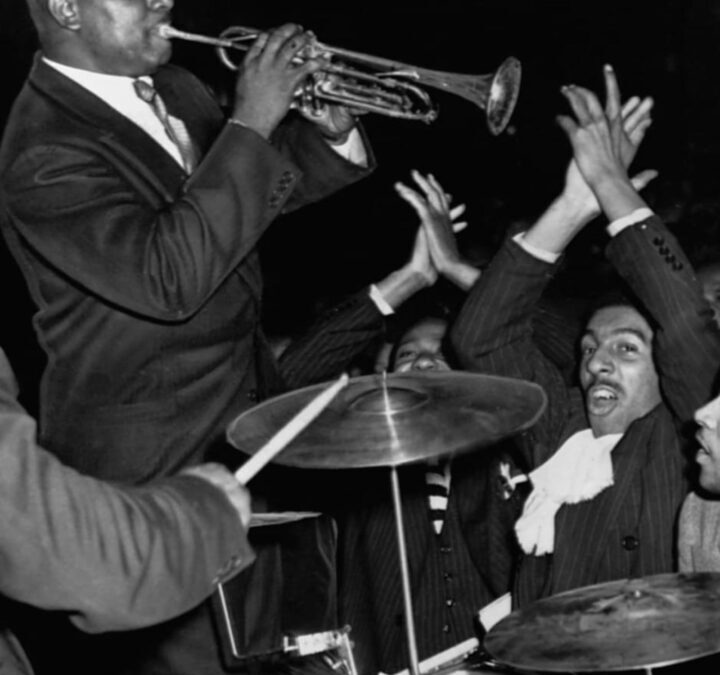Most notably known as a period of immense creativity and cultural flourishing, the Harlem Renaissance of the 1920s and 1930s was a transformative time for African American art, literature, music, and social movements. This pivotal era, centered in the vibrant neighborhood of Harlem in New York City, brought forth a wave of intellectual, artistic, and social change that resonated far beyond its geographical boundaries. Let’s explore into the intricacies of this profound cultural revolution and explore the lasting impact it has had on American society.

Historical Context
The Great Migration
Before delving into the cultural revolution of the Harlem Renaissance, it is vital to understand the historical context that set the stage for this pivotal period in American history. One of the key factors leading to the emergence of the Harlem Renaissance was the Great Migration, a mass movement of African Americans from the rural South to the urban North in search of better opportunities and to escape the harsh realities of segregation and racism.
Social and Economic Factors
Historical factors such as the Great Migration played a significant role in shaping the social and economic landscape of the early 20th century, particularly in urban centers like Harlem. The influx of African Americans into northern cities brought about a cultural renaissance as well as economic opportunities that had previously been limited by discriminatory practices.
- The vibrant cultural scene of Harlem attracted artists, writers, musicians, and intellectuals, leading to a flowering of creativity and artistic expression.
- This period also saw the rise of black-owned businesses and institutions, creating a sense of pride and empowerment within the community.
To further understand the social and economic factors at play during the Harlem Renaissance, it is important to recognize the profound impact of discrimination and segregation on the African American population. These systemic injustices not only limited access to education and employment but also perpetuated harmful stereotypes and prejudices that hindered social progress.Any.
Another critical aspect to consider is the role of political activism and advocacy in shaping the cultural revolution of the Harlem Renaissance. Visionary leaders and community organizers worked tirelessly to challenge oppressive systems and create pathways for social change. Their efforts laid the foundation for the artistic and intellectual flourishing that defined this unparalleled era in African American history.
Cultural Explosion
Literature and Poetry
Explosion into the world of literature and poetry during the Harlem Renaissance was a defining moment in the African American cultural expression. Writers like Langston Hughes, Zora Neale Hurston, and Claude McKay, among others, used their words to paint vivid pictures of the African American experience, tackling themes of identity, discrimination, and pride.
Music and Dance
For the Harlem Renaissance, music and dance were not just forms of entertainment, but powerful mediums of cultural expression. Jazz, blues, and swing music filled the airwaves, while energetic dances like the Charleston and the Lindy Hop took center stage in clubs and speakeasies, defining a new era of artistic freedom and expression.
For instance, the music of Duke Ellington and the performances of Josephine Baker captivated audiences with their innovative sounds and movements, breaking down racial barriers and inspiring a new generation of artists.
Visual Arts
The visual arts during the Harlem Renaissance were a celebration of African American heritage and talent. Artists like Aaron Douglas and Jacob Lawrence used vibrant colors and bold designs to depict the struggles and triumphs of the African American experience, creating a visual language that spoke to both the past and the future.
The visual arts movement of the Harlem Renaissance was not only about creating beautiful pieces of art but also about using art as a form of activism and cultural pride, showcasing the resilience and creativity of the African American community.
Key Figures and Influencers
Literary Icons
Many literary icons emerged during the Harlem Renaissance, shaping the cultural landscape with their powerful words and ideas. Writers like Langston Hughes, Zora Neale Hurston, and Claude McKay captured the essence of African American life in their poems, novels, and essays. Their works not only reflected the struggles and aspirations of the black community but also challenged societal norms and stereotypes.
Musicians and Performers
On the music front, the Harlem Renaissance boasted an array of talented musicians and performers who revolutionized the sounds of the era. Figures like Duke Ellington, Bessie Smith, and Louis Armstrong infused jazz and blues with new energy and sophistication. Their innovative styles and captivating performances helped redefine American music and set the stage for future generations of artists.
Figures like Duke Ellington, Bessie Smith, and Louis Armstrong infused jazz and blues with new energy and sophistication. Their innovative styles and captivating performances helped redefine American music and set the stage for future generations of artists.
Artists and Patrons
With the support of wealthy patrons and art enthusiasts, the Harlem Renaissance became a hub for creativity and expression. Artists like Aaron Douglas, Augusta Savage, and Palmer Hayden found a platform to showcase their talents and explore African American themes in their work. These creators not only contributed to the cultural vibrancy of the movement but also paved the way for greater recognition and acceptance of black art in mainstream society.
Plus, with the support of wealthy patrons and art enthusiasts, the Harlem Renaissance became a hub for creativity and expression. Artists like Aaron Douglas, Augusta Savage, and Palmer Hayden found a platform to showcase their talents and explore African American themes in their work.
Impact and Legacy
Social Changes
The Harlem Renaissance, with its flourishing of art, music, and literature, brought significant social changes to American society. It provided a platform for African American artists and intellectuals to express their talents and perspectives, challenging racial stereotypes and advocating for equality and civil rights. The movement sparked conversations about race, identity, and culture, paving the way for greater inclusivity and diversity in the arts.
Influence on Future Generations
The Harlem Renaissance had a profound influence on future generations of artists, writers, and activists. Its cultural impact reverberated through the decades, inspiring new generations to embrace their heritage, advocate for social justice, and celebrate the richness of African American culture. The works of key figures from the Harlem Renaissance continue to be studied, appreciated, and used as a source of inspiration for artists and scholars today.
Summing up
Ultimately, exploring the Cultural Revolution of the Harlem Renaissance reveals a profound era of artistic, intellectual, and social flourishing within the African American community. This period not only produced groundbreaking literature, music, art, and activism, but also paved the way for greater recognition and appreciation of Black culture in American society. The vibrant energy and creativity of the Harlem Renaissance continue to inspire and resonate with audiences worldwide, serving as a powerful reminder of the enduring relevance and impact of this transformative movement in history.
FAQ
Q: What was the Harlem Renaissance?
A: The Harlem Renaissance was a cultural, social, and artistic explosion that took place in the 1920s in Harlem, New York. It was a time of great cultural and intellectual achievement for African Americans, bringing forth a surge of creativity and pride in their heritage.
Q: Who were some key figures of the Harlem Renaissance?
A: Some of the key figures of the Harlem Renaissance include writers like Langston Hughes, Zora Neale Hurston, and Claude McKay, musicians like Duke Ellington and Louis Armstrong, and artists like Aaron Douglas and Jacob Lawrence.
Q: What were the major themes explored during the Harlem Renaissance?
A: The major themes explored during the Harlem Renaissance included racial pride, the complexities of African American identity, the struggles of black life in America, and the celebration of black culture, music, and art.
Q: How did the Harlem Renaissance impact American society?
A: The Harlem Renaissance had a significant impact on American society by challenging racial stereotypes, promoting civil rights and equality, and reshaping the cultural landscape of the country. It helped pave the way for the Civil Rights Movement of the 1960s.
Q: What is the legacy of the Harlem Renaissance?
A: The legacy of the Harlem Renaissance is still felt today, as it continues to inspire and influence artists, writers, musicians, and activists. It remains a powerful symbol of African American creativity, resilience, and cultural pride.
See also our article: Thurgood Marshall










